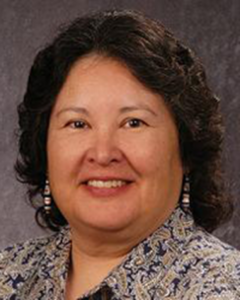- Tim Knepper, Professor of Philosophy, Drake University
- Lucy Bregman, Professor of Religion, Temple University
- Mary Gottschalk, Adjunct Professor of Religion, Drake University
- Allen Zagoren, Associate Professor of Public Administration, Drake University
May 4, 2017, 7:00 p.m.
Cowles Reading Room, Cowles Library
—–
For the final event of its 2015-2017 series on death and dying, four scholars will offer their comparative philosophical reflections about death and dying in the religions of the world, especially with regard to the influence of the medicalization of death on traditional theologies and rituals.
- Timothy Knepper is a professor of philosophy at Drake University, where he directs The Comparison Project, a public program in global, comparative religion and local, lived religion.
- Lucy Bregman is a profess of religion at Temple University and is the author of several books on death and dying, including Death in the Midst of Life, Beyond Silence and Denial, and Preaching Death.
- Mary Gottschalk has served as an adjunct instructor at Drake University for the last two years, teaching courses on death and dying.
- Dr. Allen Zagoren is Associate Professor of Public Administration in the College of Business and Public Administration at Drake University, where he teaches in the areas of health education in health policy and bio-ethics.










